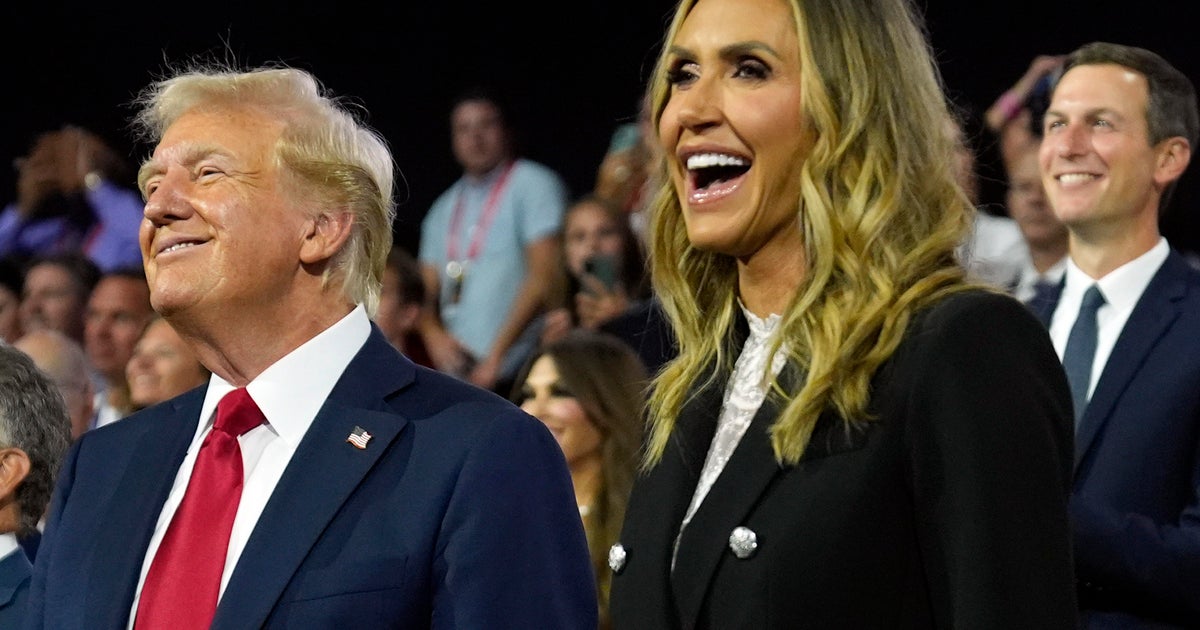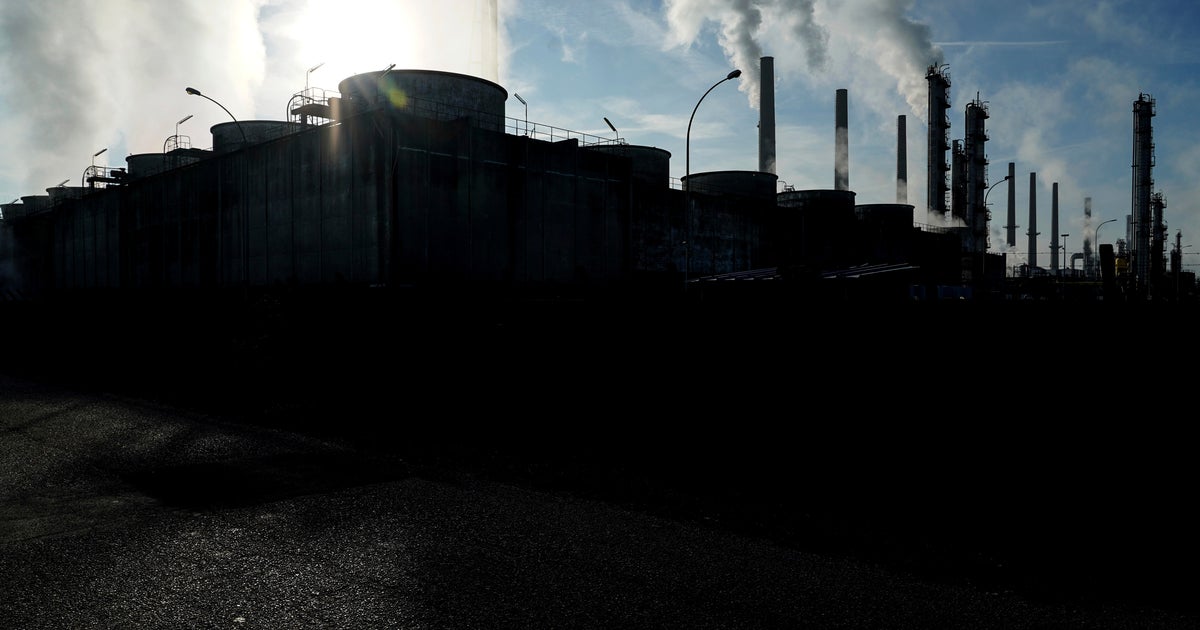Donald Trump: "Process is in place" to boost tariffs on even more Chinese goods
- The U.S. boosted tariffs from 10 percent to 25 percent on $200 billion worth of Chinese goods on Friday.
- President Trump tweeted Friday that the "process is in place" to levy an expanded round of tariffs on the remainder of Chinese imports.
- Mr. Trump said there is "no need to rush" trade negotiations.
After the U.S. increased tariffs from 10 percent to 25 percent on $200 billion worth of Chinese goods, President Donald Trump said Friday that the "process is in place" to levy an expanded round of tariffs on effectively the remainder of Chinese imports, totaling $325 billion.
While U.S. and Chinese officials ended two days of trade negotiations without a deal, Mr. Trump said over Twitter that "Talks with China continue in a very congenial manner - there is absolutely no need to rush."
Asked later by reporters at the White House how the meeting had gone, U.S. Treasury Secretary Steven Mnuchin said tersely, "Constructive." Asked if another meeting with the Chinese was planned, he said, "Nothing planned as of now," before walking away.
The Chinese vowed "countermeasures," without providing details. The White House said late Thursday talks would continue Friday despite that the tariffs went into effect at midnight. Treasury Secretary Steven Mnuchin and U.S. Trade Representative Robert Lighthizer had a working dinner Thursday with Vice Premier Liu He.
Despite the escalation of the trade war between the world's two biggest economies, there remains a chance that the dispute will be resolved before the tariffs begin to be collected, noted Goldman Sachs analysts Alec Phillips and Blake Taylor in a Friday research note. It will require "at least a few days" and possibly weeks for U.S. Customs to begin collecting the new tariffs, which could provide a window an agreement to be reached, they noted.
"In practice, this means most of the tariff increase will not hit until 2-3 weeks from now, or roughly the amount of time it takes cargo to ship from China to the U.S.," they wrote. "This delay might create an unofficial window during which the U.S. and China can continue to negotiate."
Futures for the Dow pointed to a lower opening, with investors expression anxiety over Mr. Trump's tweet that there is "no rush" in the trade talks. The S&P 500 and tech-heavy Nasdaq are also slated to open lower when the market begins trading at 9:30 a.m. Eastern time.
$325 billion
The second round of tariffs on $325 billion of Chinese goods could take even longer to implement, even while Mr. Trump signaled his administration is preparing to move forward.
"Implementation would take longer, potentially 2-3 months," the Goldman analysts wrote. "In the meantime, we believe an agreement is fairly likely to be reached."
They pegged the likelihood of the next round of tariffs moving forward at 30 percent, a slightly higher probability than before the higher duties went into effect today.
Who pays for tariffs on China?
Mr. Trump wrongly claimed on Friday morning that the Chinese are paying the tariffs to the U.S., a misstatement he has made previously. In fact, the duties are paid by importers like Ford or Walmart that either swallow the cost or pass it along to consumers. In other words, it's often U.S. consumers who are footing the bill for tariffs.
"Tariffs are NOW being paid to the United States by China of 25% on 250 Billion Dollars worth of goods & products," Mr. Trump tweeted, misrepresenting who is actually paying for the duties.
Mr. Trump's tariffs are designed to make certain goods more expensive for U.S. consumers, who in turn are likely to seek out lower-cost items made in the U.S. or from countries that aren't facing the higher tariffs. That will result in lower demand for Chinese imports, creating a bargaining tool in trade negotiations.
-- CBS News' Fin Gomez and The Associated Press contributed to this report.



